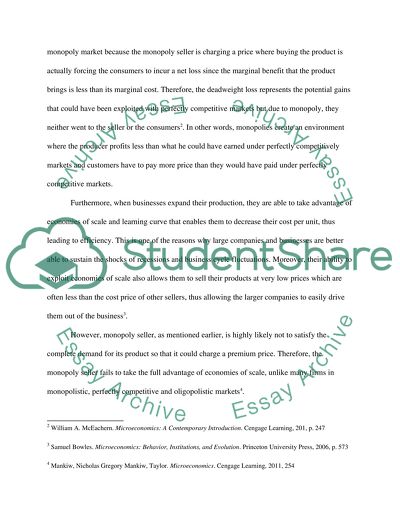Cite this document
(“Comparison of economic efficiency of the model of perfect competition Essay”, n.d.)
Retrieved from https://studentshare.org/macro-microeconomics/1457519-comparison-of-economic-efficiency-of-the-model-of-perfect-competition-with-that-of-monopoly-markets
Retrieved from https://studentshare.org/macro-microeconomics/1457519-comparison-of-economic-efficiency-of-the-model-of-perfect-competition-with-that-of-monopoly-markets
(Comparison of Economic Efficiency of the Model of Perfect Competition Essay)
https://studentshare.org/macro-microeconomics/1457519-comparison-of-economic-efficiency-of-the-model-of-perfect-competition-with-that-of-monopoly-markets.
https://studentshare.org/macro-microeconomics/1457519-comparison-of-economic-efficiency-of-the-model-of-perfect-competition-with-that-of-monopoly-markets.
“Comparison of Economic Efficiency of the Model of Perfect Competition Essay”, n.d. https://studentshare.org/macro-microeconomics/1457519-comparison-of-economic-efficiency-of-the-model-of-perfect-competition-with-that-of-monopoly-markets.


